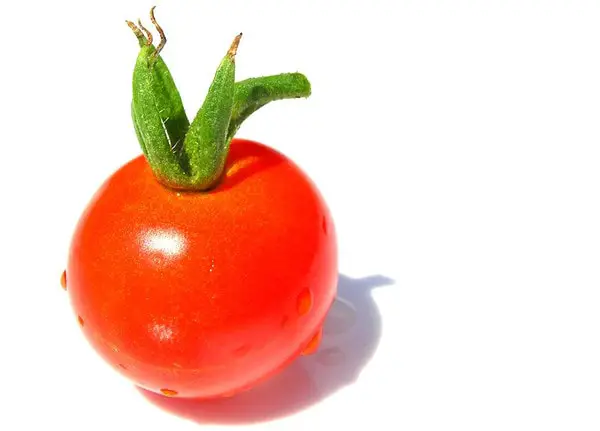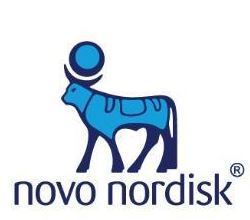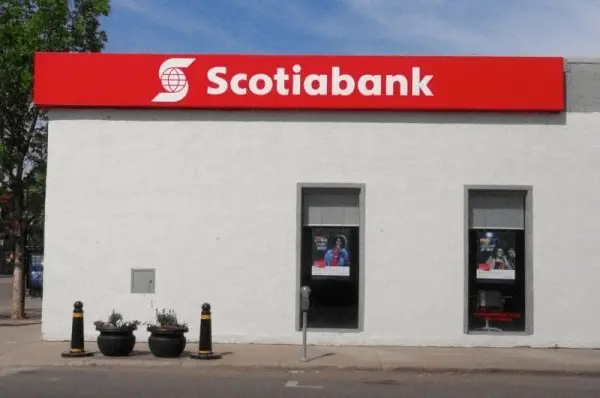Dividend Growth Investing & Retirement is supported by its readers through donations and affiliate links. If you purchase through a link on my site, I may earn a commission. Thanks! Learn more.
For those new to the blog, I like to keep my readers up to date on portfolio changes. One of the reasons I started this blog was to educate others, but also improve my own investing. By keeping an open book of my portfolio and changes to it, I hope to generate discussion so that others can see how I put my investing philosophy into practice. My main goal is financial freedom. I plan to achieve this goal by investing in dividend growth stocks and using the dividend payments to cover my expenses. I’m a long way off from retirement, but hopefully this blog and my portfolio updates will keep me on track.
On August 6, 2013 I bought shares of Potash Corporation of Saskatchewan (Click for a FREE trend analysis of TSE:POT) at $30.30 as it was below my target price of $34. Potash Corporation of Saskatchewan pays out a quarterly dividend of $0.35 USD and I bought at an entry dividend yield of 4.6%.
I got interested in this company for a number of reasons. The first is that Morningstar has it rated as a wide moat stock. Awhile ago I wrote an article about US dividend champions with a wide moat rating from Morningstar. During my research for this article I looked at a few Canadian companies with wide moat ratings and Potash Corporation of Saskatchewan was one of them. Since then it has been on my radar.
If you look at my portfolio, you’ll notice that it is not the most diversified. I’m working to fix this, so I’ve been looking for a basic materials company to add to the mix. It is hard to find consistent dividend increases in the basic materials sector with regular earnings growth, which has made it difficult to find companies to invest in. Most companies in the basic materials sector derive their revenue from a commodity which can fluctuate in price quite a bit. This makes it difficult to have earnings increase each year. I’ve previously expressed some interest in gold mining companies and nearly purchased IAMGOLD, but I prefer Potash Corporation of Saskatchewan as they are selling something that has an everyday use. Potash is a fertilizer that is used to help grow crops. I like the fact that we need fertilizer whereas we don’t need gold. Potash Corporation of Saskatchewan also had a more consistent earnings growth.
The third reason is that the stock price has dropped about 20% in the past week because of the dismantling of a Russian potash cartel. This is expected to significantly reduce potash prices (people are estimating a 25% drop). I’m always looking for a bargain, and negative news usually sparks my interest. The level of uncertainty around Potash prices right now, makes this a risky purchase, and it is entirely possible the price will continue to drop. At a 4.6% yield I don’t mind getting paid to wait for things to settle down.
I haven’t posted the dividend stock analysis of the company yet, but you can expect it to come out in the next few days. Potash Corporation of Saskatchewan has a sporadic dividend increase history. Looking at their history they seem to keep the dividend steady for a number of years, and then increase it for a few years. This trend seems to have repeated itself over the past decade or so.
I tried coming up with a dividend growth estimate using my regular methods, but I had difficulty as it looks like management has increased the payout ratio drastically compared to historic rates. Prior to 2011 the payout ratios were usually around 5-15%. Since then they have increased substantially, and I have an estimated payout ratio for 2013 of 47%. While this is below my general target payout ratio of 60% it is well above what the company has been used to in the past. With the change in dividend policy it makes it difficult to predict dividend growth. This, like all of my investments, is meant to be a long term holding. In the long term I expect an average annual dividend growth rate around 5-10%, but I don’t expect dividend increases each year. I’d expect the dividend to be held steady at the same rate for a few years followed by substantial increases. This trend would match its dividend history.
All-in-all, this is probably a riskier investment because of the uncertainty in Potash prices, and my estimated dividend growth. While it may be a risky investment, I’m relatively young and it is meant to be a long term holding. In the long run I think this will be a good investment, and I was happy to be able to diversify my portfolio into the basic materials sector.
Newsletter Sign-Up & Bonus

Have you enjoyed our content?
Then subscribe to our newsletter and you'll be emailed more great content from Dividend Growth Investing & Retirement (DGI&R).
BONUS: Subscribe today and you'll be emailed the most recent version of the Canadian Dividend All-Star List (CDASL).
The CDASL is an excel spreadsheet with an abundance of useful dividend screening information on Canadian companies that have increased their dividend for five or more years in a row.
The CDASL is one of the most popular resources that DGI&R offers so don't miss out!









I’m a little surprised you considered potash corp, since it looks like they cut their dividend in 2000 according to google finance, then did not raise it again until 2004. I guess that means they changed their dividend policy but that’s not a very long history, so I’m concerned that if potash values do actually drop significantly, they may cut dividends again. Their stock value has dropped so rapidly, but potash has not even gone down yet.
In 1999 they switched their dividend from Canadian dollars to USD. On August 5, 1999 they announced a dividend of $0.0139 USD. The previous quarterly dividend was $0.02 Canadian. With the exchange rate at the time this basically means they kept the dividend the same. I’m guessing Google hasn’t adjusted for the exchange rate. You can look at their dividend history going back to 1990 here: http://www.potashcorp.com/investors/stock_information/dividend_history/.
Going back as far as 1990 I didn’t see any dividend cuts.
It’s not a perfect stock as far as dividend streaks, but I was looking to diversify and the opportunity came along, so I took it.
The potash prices can affect the dividends in the future.
It’ll be interesting to see what happens with Potash after the big news about the cartel dissolving. The price sure is tempting though and the 5yr dividend growth is incredibly high. Best of luck.
DGI&R, thanks for sharing your work. Useful info.
POT held a virtual Q&A on aug7 and video/audio/transcript is posted at corporate site. CEO Bill Doyle responded to dividend concerns.
from the transcript.
Bill Doyle:
You know, before we ever announced our dividend, we stress-tested our cash flows under various
scenarios, and I don’t see any issue here with our dividend. You know, our dividend is sacrosanct.
We don’t go back on the dividend, and we don’t treat the dividend lightly. Our Board is very
serious when we consider increasing the dividend, and I have full confidence that we’ll be able to
maintain the course with our dividend.
Hello DGI&R,
There is no way that $0.02 Canadian is equivalent to $0.139 USD! Surely, there is an error there.
If you use the rate on August 5, 1999 I get $0.02 CDN x 0.6684 = $0.013368 USD. If you use the Bank of Canada 1999 annual average it would be $0.0139 USD x 1.48584024 = $0.020653179336 CDN. You could almost make the case that there was a small increase, but I don’t think that was their intention. I think Potash just wanted the dividend at the same levels but in USD at the time. I looked at the August 1999 dividend news announcement from Potash, but it didn’t have a lot of information. They just said that previously they paid dividends in Canadian and that this one would be in USD.
Hi DGI&R,
No issue with your calculations. Your original post stated that two cents Canadian was equivalent to thirteen cents US! I think you were off by a decimal.
Cheers,
MG
You’re right, I was off by a decimal point. Thanks for pointing that out, I’ve edited the comment.
Wouldn’t touch it. Material sector is just too much uncertainty and relying on too many external factors that set the commodity prices, got out of all material names months ago, too unpredictable.